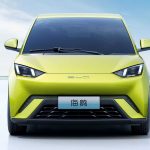OpenAI has launched GPT 5.2, a major model upgrade now available in both the API and ChatGPT. It is described as the company’s most…
Review: Mercedes-Benz EQB 350 EV
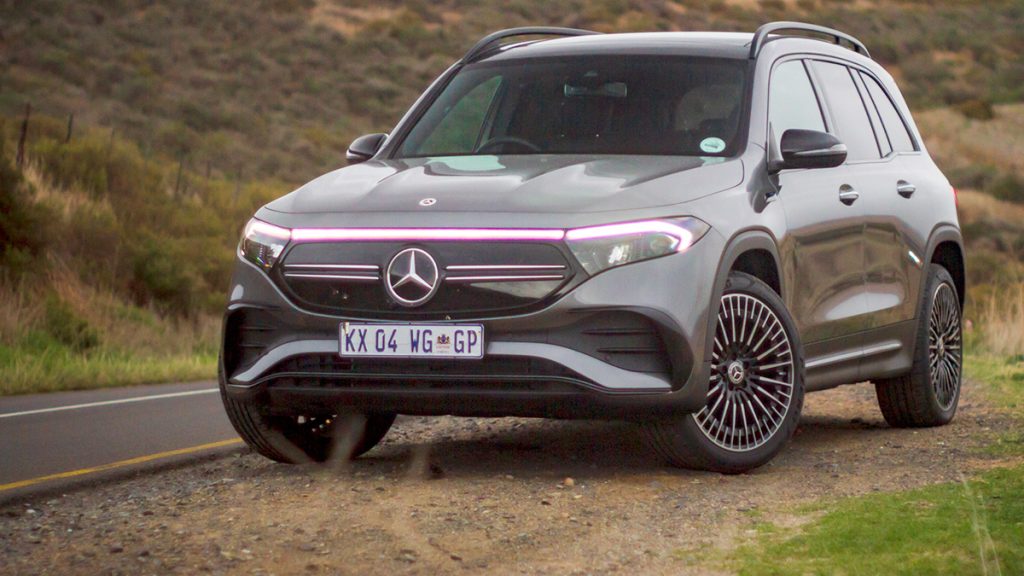
EVs pose a significant engineering challenge for car companies. They need to do what Tesla has by creating entirely new vehicle platforms dedicated to EVs, at huge expense. Or convert an existing petrol and diesel vehicle architecture to run on batteries.
Most would agree that a dedicated EV platform is best, but the R&D burden is significant – both in time and cost. Mercedes-Benz’s EQB is a battery-powered version of the GLB seven-seater crossover.
Mercedes-Benz engineers have replaced the internal combustion engine with electric motors, spinning 215kW of power and 520Nm of torque. The EQB sources its power from a 66.5kWh battery pack, which is mid-sized, and gives this electrified GLB a theoretical range of 423km.
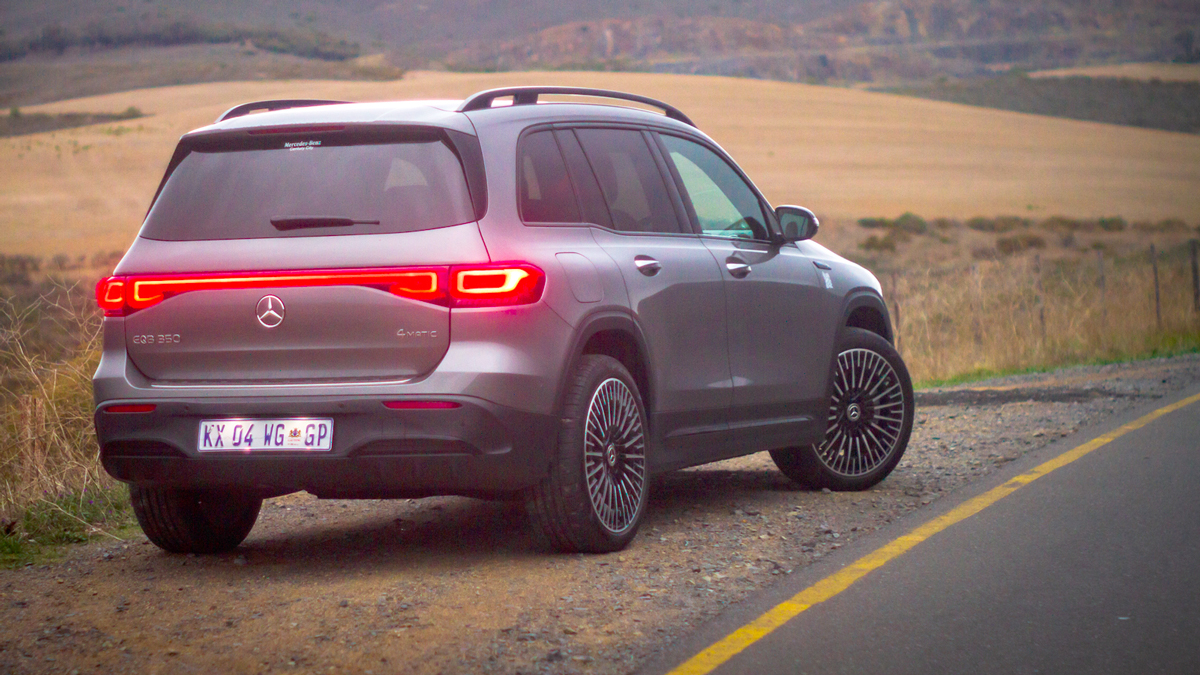
It looks good
The GLB is a neatly styled Mercedes crossover, and the brand’s designers have not ruined any of its aesthetic with the evolution to EQB. Distinguishing elements between a GLB, and battery-powered EQB, are slight. There’s the ‘solid’ grille panel and aero-spoke wheels, which give EQB a credible ‘futuristic’ look, without making it appear pastiche
If you are a bit technophobic and prefer your driving experience to operate around familiar switchgear, the EQB is a very welcoming EV. You’d find all the controls and cabin interfaces on any other compact Mercedes. A familiar environment with reasonably good UX and seamless Smartphone interfacing,
Like all EVs, the EQB is terrific fast at low- to medium speeds. Mercedes claims it to have a 0-100km/h time of 6.2 seconds, and our driving experience would affirm that. Torque delivery is instantaneous, and despite weighing a hefty 2175kg, the EQB responds rapidly to any throttle input.
Top speed is limited to 160km/h, to conserve battery life. It’s all-wheel drive, too, which occasionally proved very useful when navigating muddy fields at my local farmer’s market after an early autumn deluge.
Is GLB to EQB a compromise design? Or not?
Does an electrified ‘legacy’ vehicle platform make sense? There are issues. Opening the bonnet, you are presented with an electric motor. If EQB was a dedicated EV platform vehicle, you’d have additional luggage space above the rear axle, where the electric motor is. The ‘frunk’ spillover luggage space concept is one of the most marketable packaging advantages that EVs enjoy over traditional architecture petrol and diesel vehicles.
EQB doesn’t have the luggage space that an equivalent-sized EV would have, but does that matter? How often do you load any SUV crossover, from luggage bay carpet to roof liner? Rarely.
Mercedes-Benz’s compact crossover EV rides on a proven vehicle platform. And it proves how excellent contemporary Mercedes-Benz vehicle architectures are.
All those other acoustic resonances become apparent without engine noise: road noise, wind noise and a litany of nondescript squeaks. But with EQB, you don’t hear many of them. It is a testament to how skilled Mercedes-Benz’s mechanical and structural engineers are at ensuring a harmonised vehicle architecture with their petrol and diesel cars.
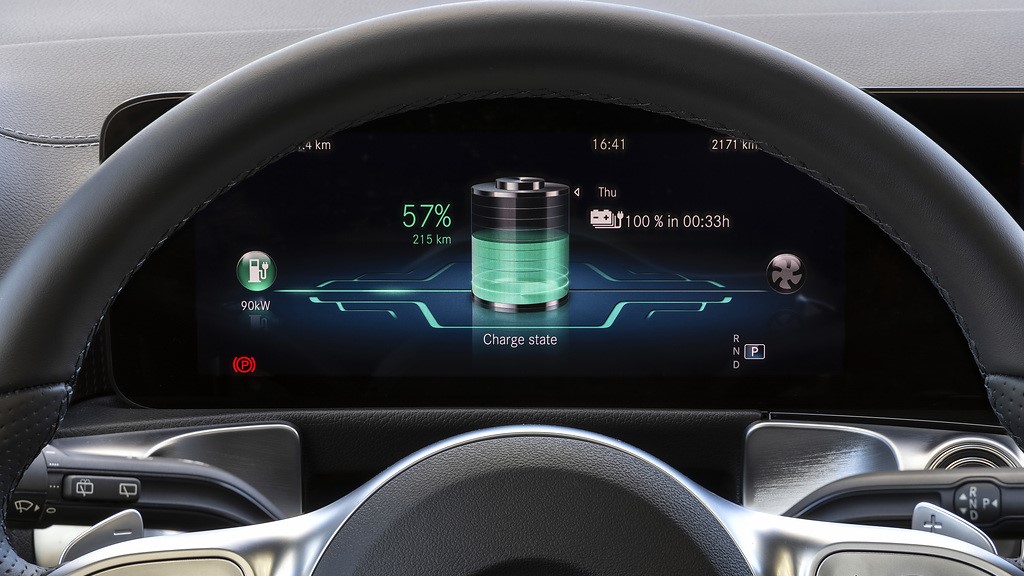
How far can EQB go?
But what about its real-world range? EQB is not an overly powerful EV but still retains very potent acceleration. And that means you rarely travel slowly after joining the highway.
Three-figure speeds and the induced aerodynamic drag is death for battery endurance. Mercedes-Benz might claim a real-world driving range of 423km for EQB, but we averaged 18.4kWh. And that means 360km to full discharge, but you’d be a brave driver to journey below 50km of range, before recharging.
The EQB should be good for 250-280km of range in urban and city-to-city driving. Comparatively, a R990 950 GLB 220d turbodiesel, would have a driving range nearly double that of the EQB.
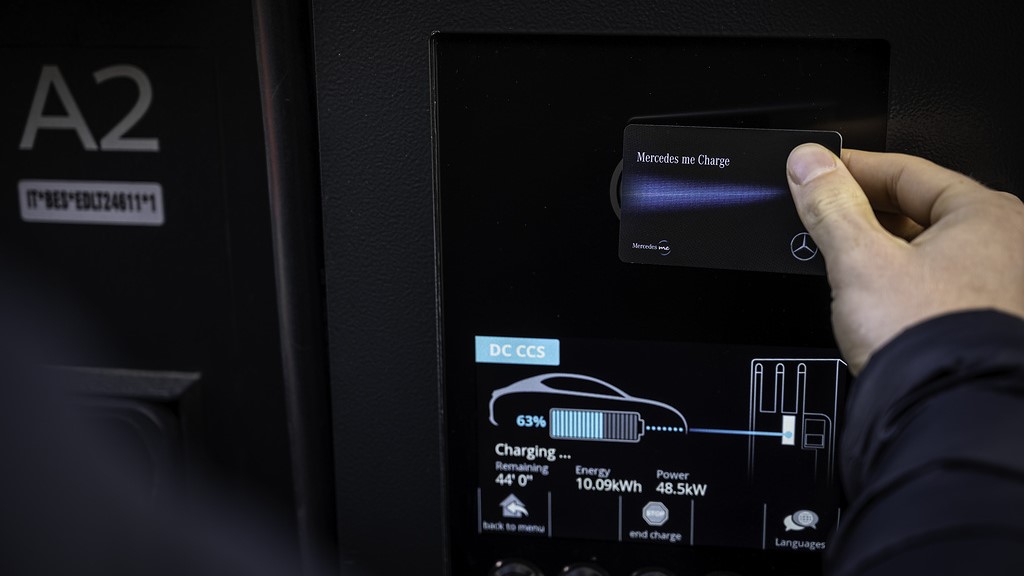
You can charge it with WhattsApp
We had an interesting experience recharging the EQB. Most drivers are unfamiliar with the process of recharging an EV. But I’ve tested a few and have reasonable confidence using the GridCars network. You usually plug in the charger, let it register, and then swipe a card on a sensor pad, to allow energy to flow.
For some reason, the charge card didn’t work. Which meant I needed to use the redundancy method to enable charging. GridCards has a clever way of assisting EV owners if something does happen to the charging cards. You simply scan a QR code on the charger into WhattsApp, and it immediately triggers the correct message to GridCards.
I used the WhattsApp QR code function several times, which works great. If you lose or damage your charging card, be safe knowing you can still charge, provided you have your phone and some data.
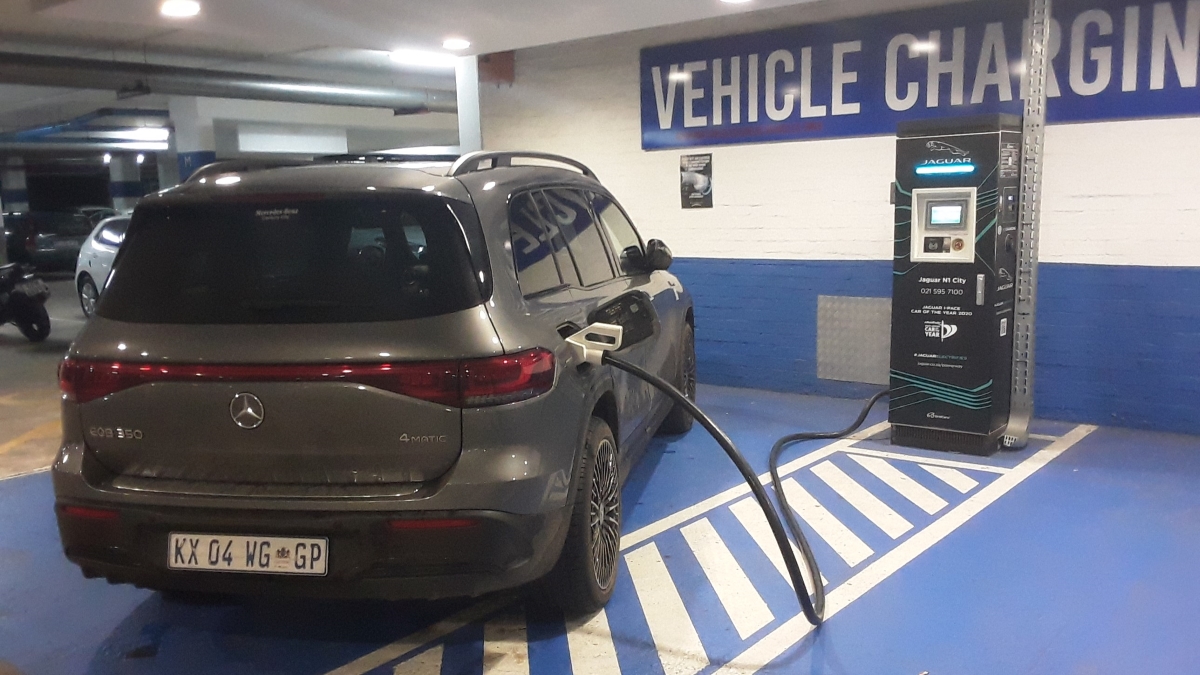
EQB or GLB?
EVs are terribly expensive in South Africa, and if you are buying on a pure Rand-to-range comparison, the petrol and diesel GLBs make a lot more sense. But if you’ve invested in additional battery capacity for your home solar energy system, enabling viable charging infrastructure in the garage, the EQB has its merits.
Perhaps the EQB’s most unintended attribute is showing how thoroughly overengineered the Mercedes-Benz MFA2 compact car platform is. Not many conventional car platforms can convert to EV duty without niggling compromises and noise issues, but GLB to EQB, is a seamless product evolution for Mercedes-Benz.
